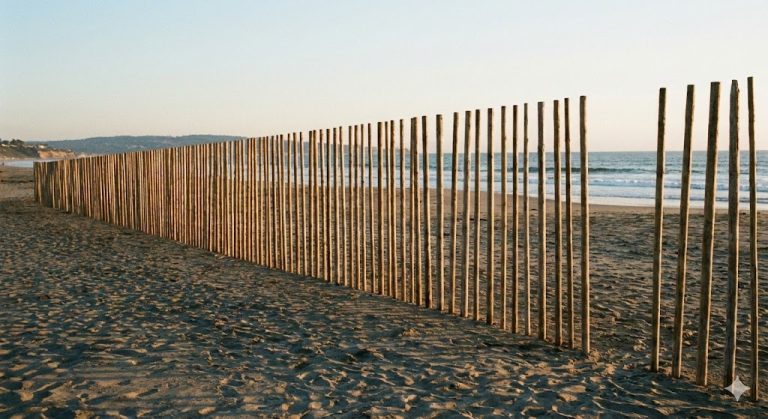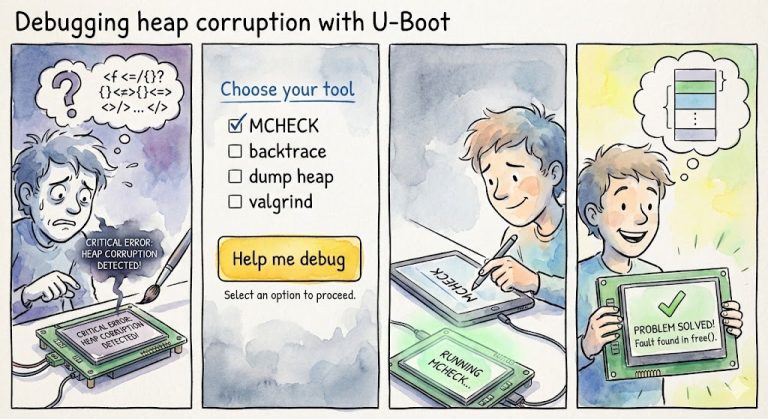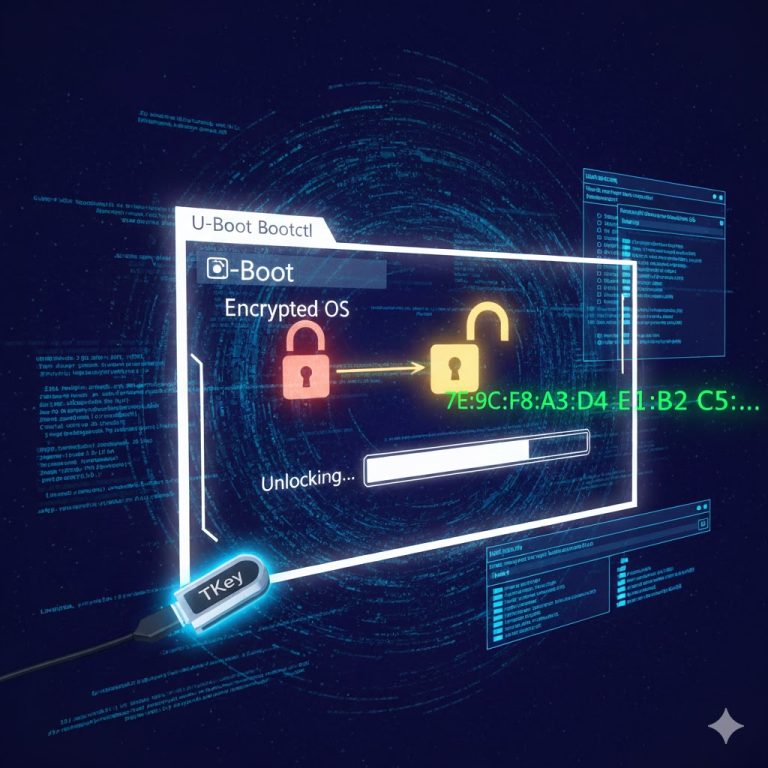If you have ever run make htmldocs in U-Boot, you are likely familiar with the “wall of text” it produces. Between the standard Sphinx output, sub-make messages, and custom progress indicators, the build process has traditionally been very noisy. While verbose output can be useful for debugging the toolchain itself, it is a hindrance when…
In the world of bootloaders, balance is everything. We need enough functionality to load an OS, but we must keep the footprint small and the code maintainable. For years, U-Boot has relied on a custom implementation of the EXT4 filesystem. However, as the EXT4 format evolves with features like metadata checksums and fast commits, keeping…
Managing cherry-picks across multiple branches is one of the more tedious aspects of maintaining a large project like U-Boot. When you need to backport dozens of commits from an upstream branch while handling merge commits, resolving conflicts, and creating merge requests, the process can consume hours of developer time. Today we’re introducing pickman, a new tool…
U-Boot has two testing worlds that rarely meet. Python tests are flexible and can set up complex scenarios – disk images, network configurations, boot environments. C tests are fast, debuggable, and run directly on hardware. What if we could combine them? The Problem Consider filesystem testing. You need to: The Python test framework handles steps…
Have you ever seen output like this from your test suite? That’s not a buffer overflow or memory corruption. It’s a wierd interaction between linker alignment, compiler optimisations, and pointer arithmetic. Let me tell you how we tracked it down. The Mystery U-Boot uses ‘linker lists’ extensively – a pattern where the linker collects scattered…
The robust operation of any complex software system, especially one as foundational as U-Boot, hinges on the reliability of its core services. Among these, dynamic memory allocation via malloc() is paramount. While often taken for granted, failures in malloc() can be silent saboteurs, leading to unpredictable behaviour, security vulnerabilities, or outright system crashes. Here, we…
This final series in Concept closes out the complete implementation of TKey hardware-backed full disk encryption (FDE) in U-Boot. The previous series established the core logic and UI flow. This final work wraps up the effort by providing end-to-end testing, a useful Python tool for key management on the host, along with documentation, making the…
A new series in Concept introduces the complete logic and UI enhancements required to use a TKey to unlock an encrypted disk (like a LUKS partition) before booting an operating system. 1. The TKey Unlock Flow The TKey unlock process is complex because it involves iterative communication with the external hardware and handling scenarios like…
A new series just landed, focussed on making one part of U-Boot’s new graphical menus (Expo) considerably better with non-popup menus. A long-standing and annoying limitation in expo is that couldn’t really type into text fields (like for passwords) if the menu wasn’t a pop-up (i.e. as used by the ‘cedit’ configuration editor). Now, with…
For over two decades—since 2002—U-Boot has relied on version 2.6.6 of Doug Lea’s malloc (dlmalloc, old docs) to handle dynamic memory allocation. While reliable, the codebase was showing its age. In a massive 37-patch series, we have finally updated the core allocator to dlmalloc 2.8.6. This update brings modern memory efficiency algorithms, better security checks,…












